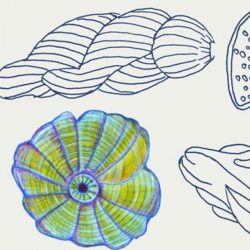I fell upon dyeing and staining when I rewashed my paint rags instead of throwing them out, the pigments stayed in.
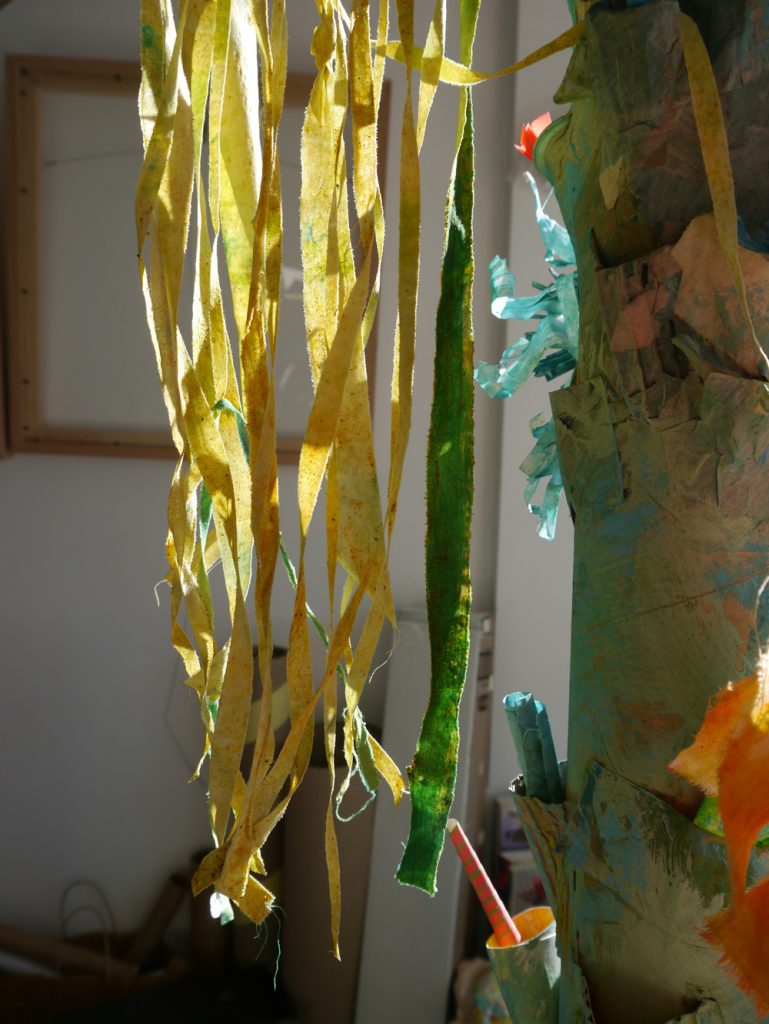
Turmeric and tea stained tresses 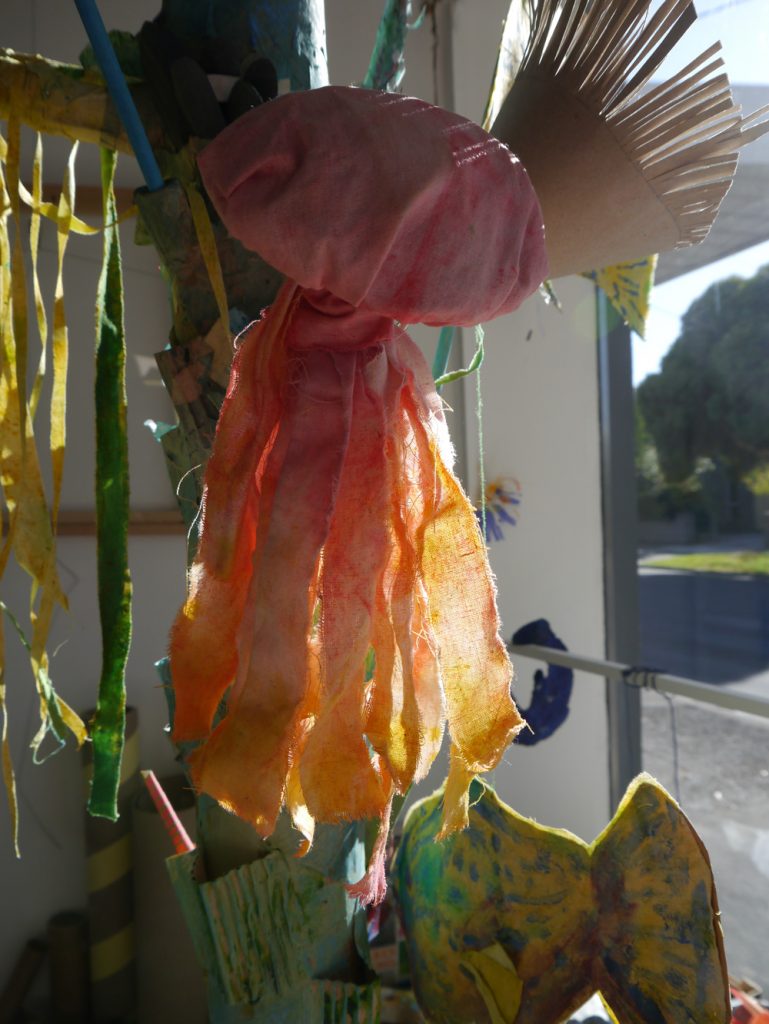
Paint rags and Tea 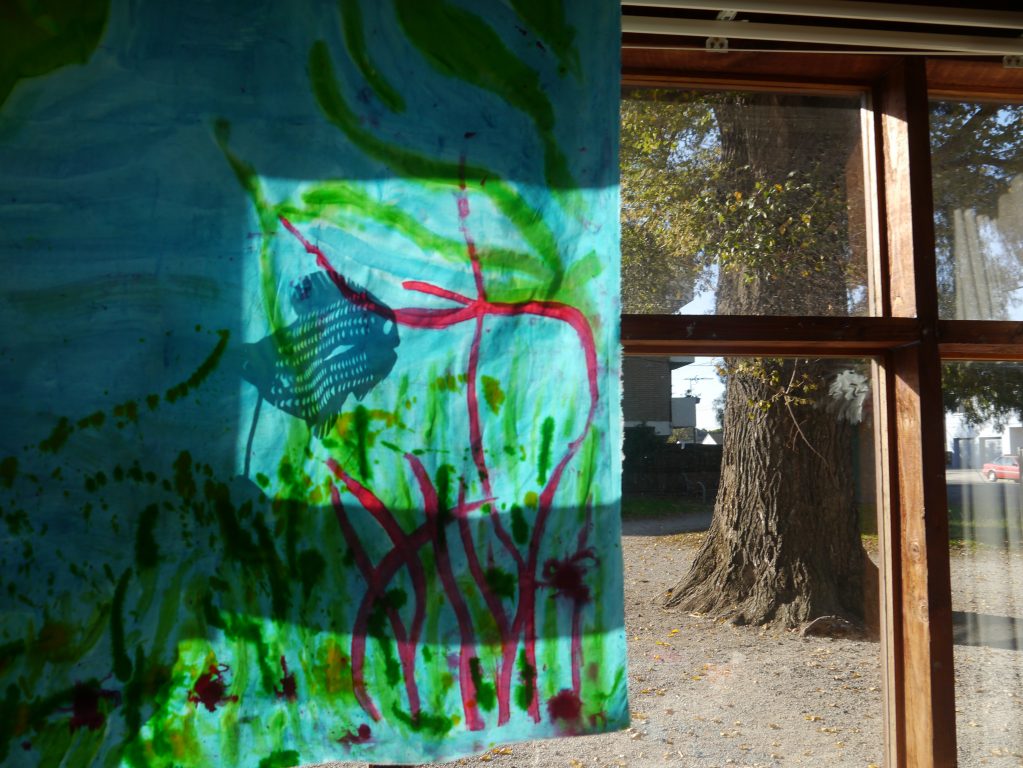
Food colouring and handmade glue 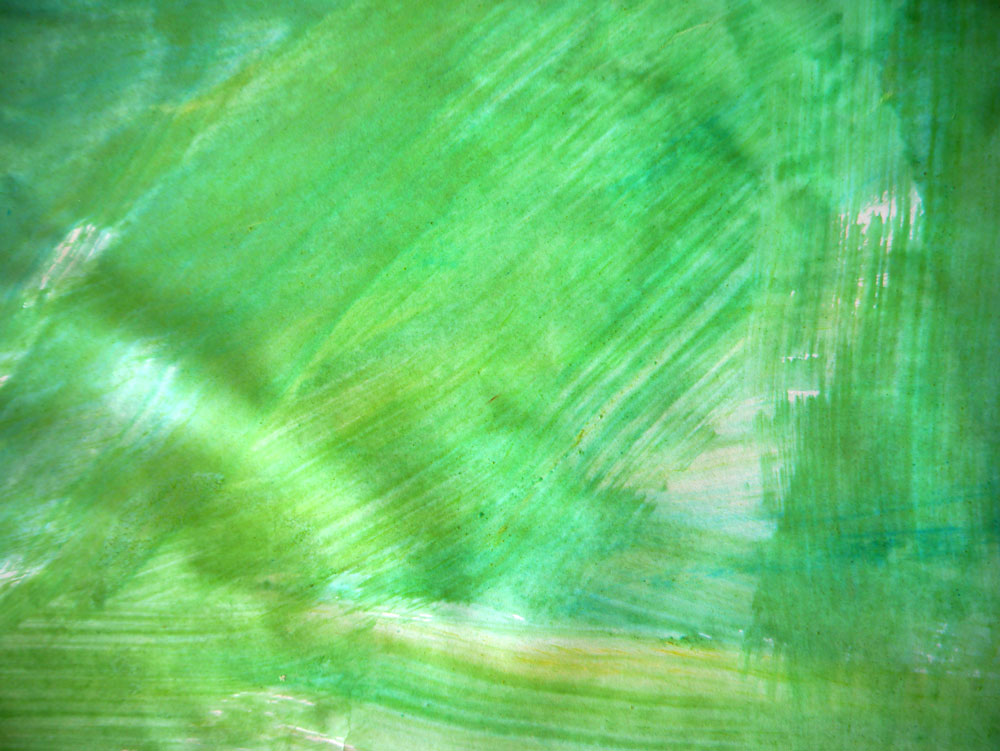
food dye/colouring and handmade glue 
Paper creation 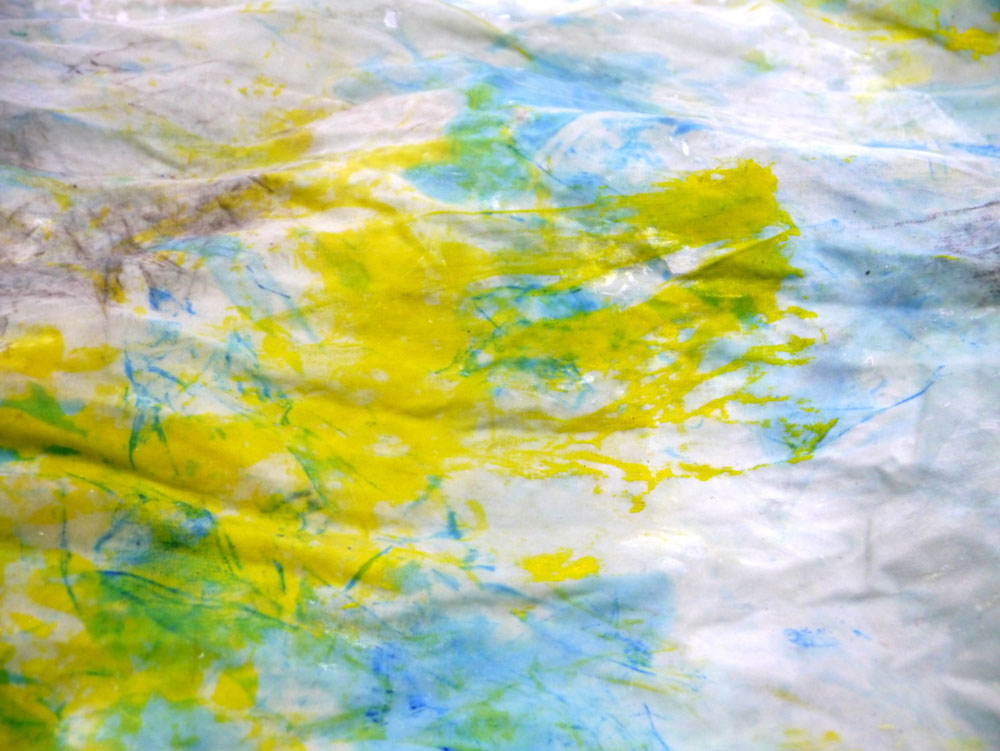
paint rag used for beneath the sea 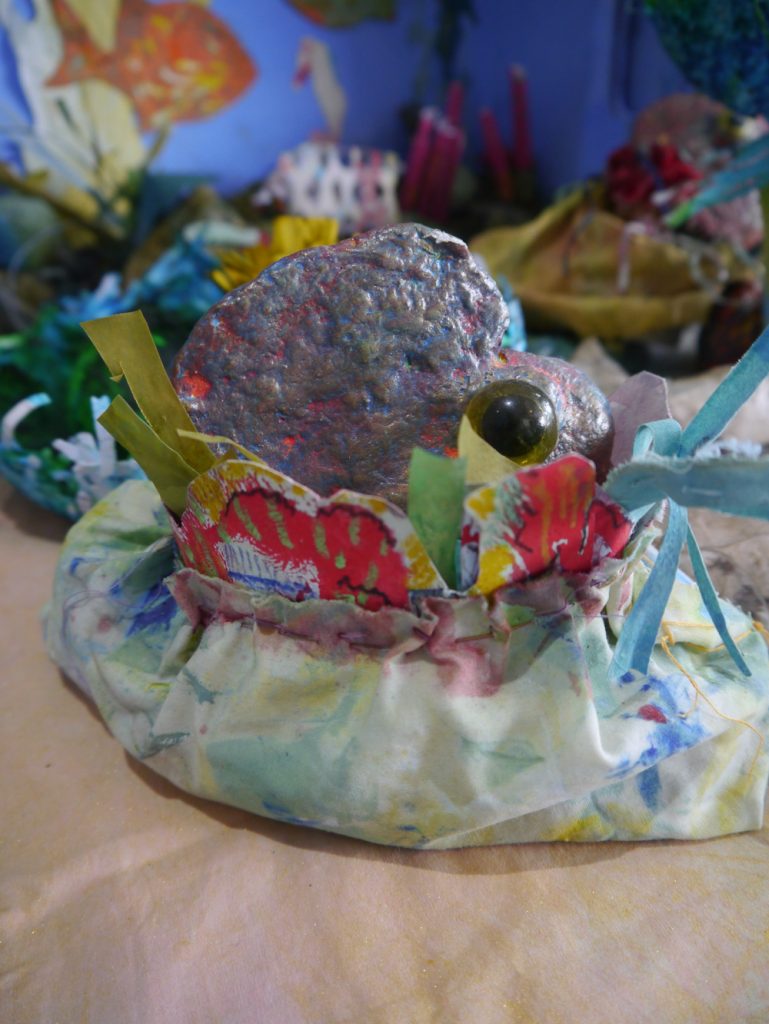
beneath the sea 2018 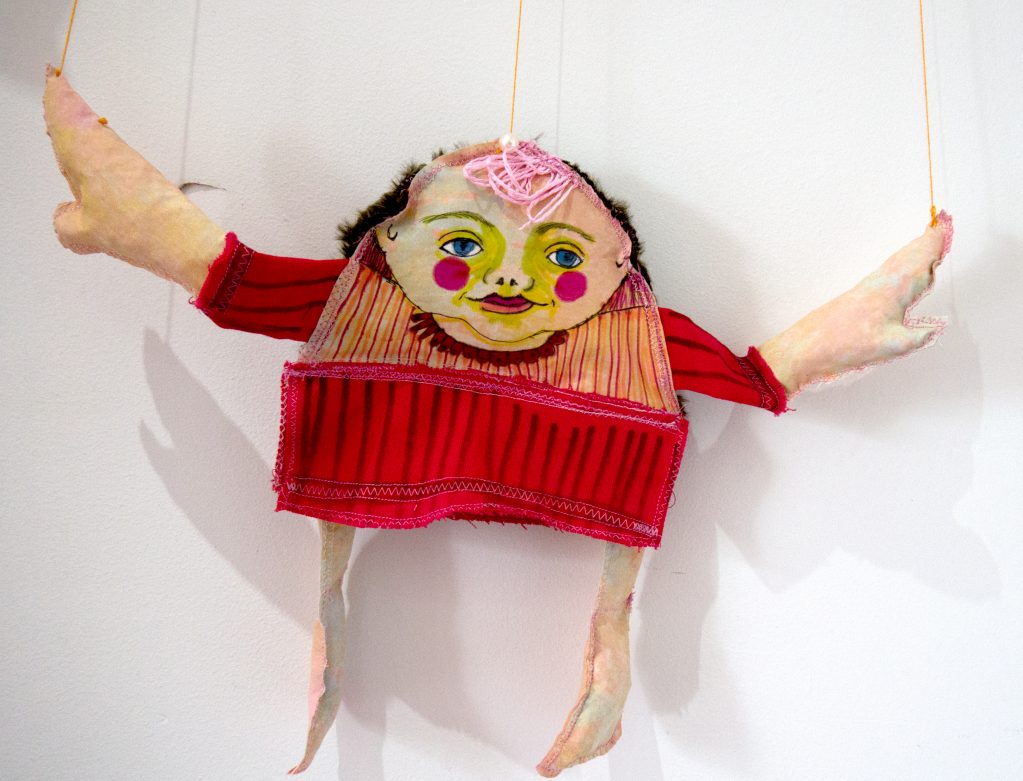
Puppet 2016 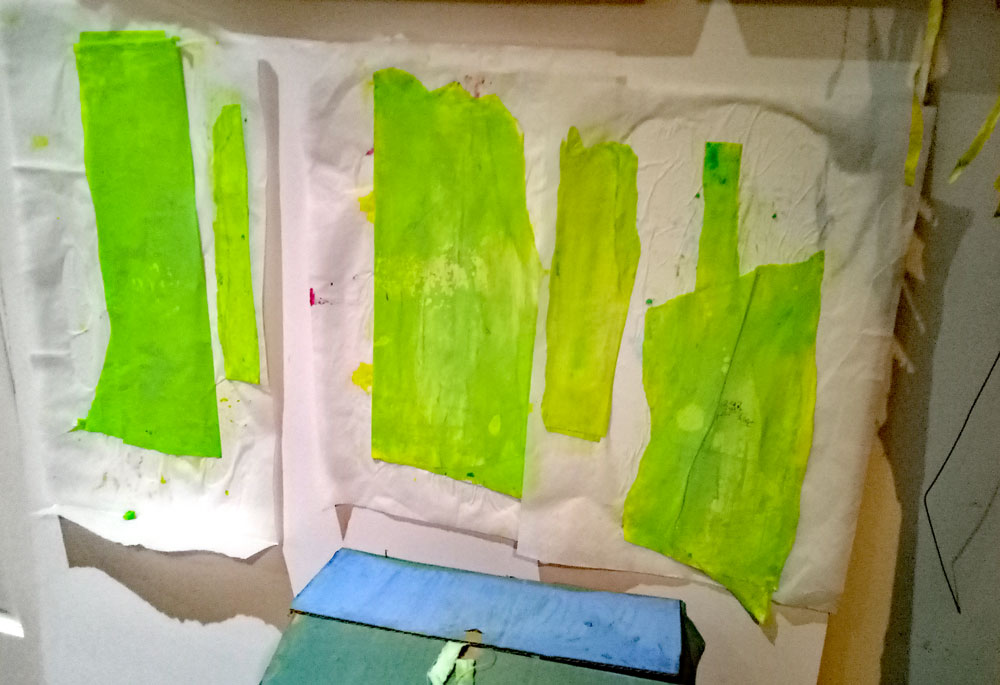
glued on baking paper pull off when dry 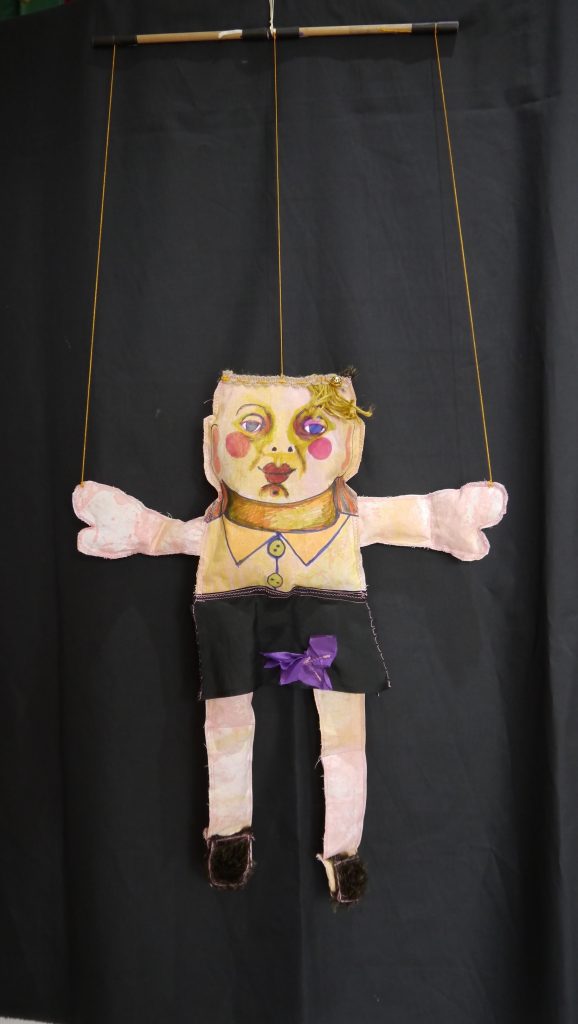
Puppet 2016 – paint rags rewashed
You know when you spill something on your clothes, and it will be hard to get out – there we go perfect dye or tint. Try left over coffee and tea. Try soaking beetroot skins and turmeric. On natural dyes there are books if you find you wish to further pursue the craft however its good to just muck about with your left-over vegies and beverages first. Playing and making a mess is a good start.
Try boiling your vegetable or plant with water or vinegar or a combination of both. Try rusty nails soaked in vinegar. Or just leave soaking in the sun for a few days.
A person who made beautiful scarves used gum leaves and seaweeds and said ‘ just wet your cloths or papers and tie them up with the leaves until dry let the magic the magic just happens’
If you want them to dry flat I dry on on no porous board using a large paint brush to get the bubbles out. Or, use baking paper and pressing between books. I have used this for small squares for making covers for handmade books.
If you do not have the time and are rummaging around in the food cupboard you may come across food dye for cakes – they are a perfect starting point and have a beautiful hue.
To learn the art of dyeing process, an excellent book is The Handbook of Natural Plant Dyes by Sasha Duerr – published by Timber press 2010
